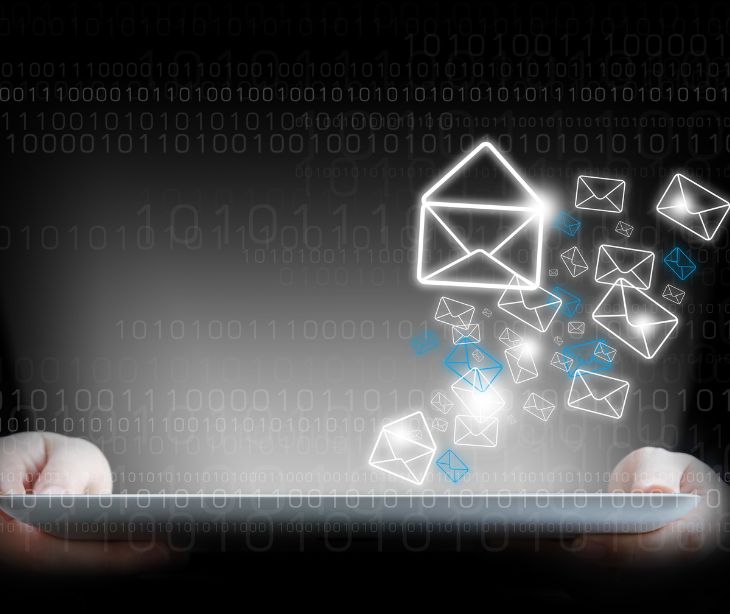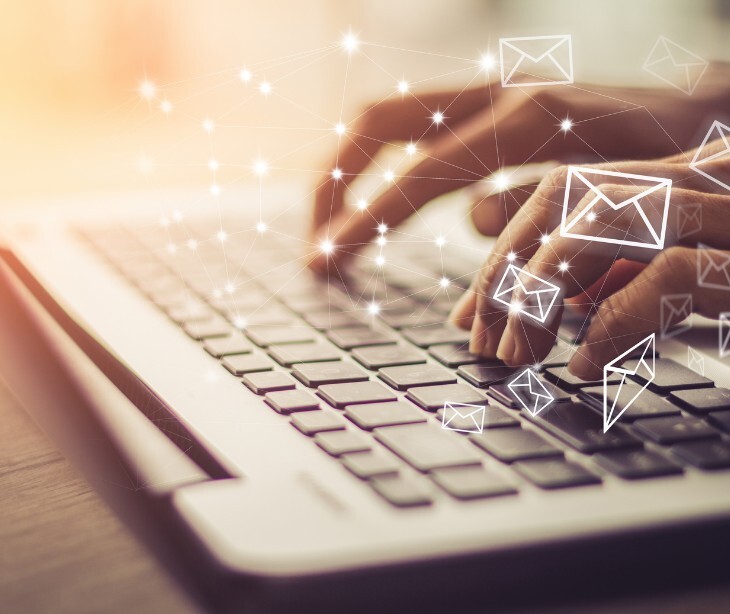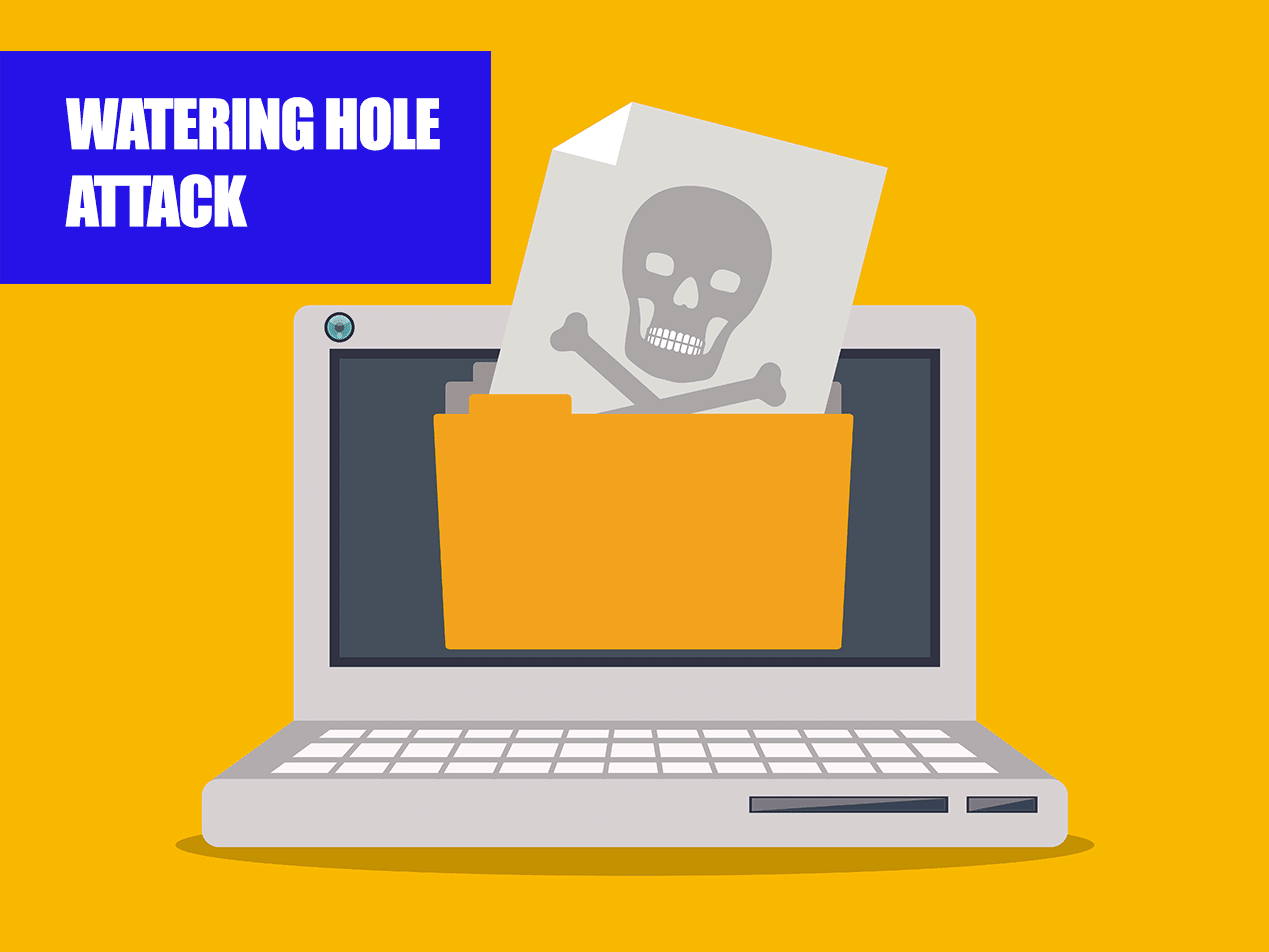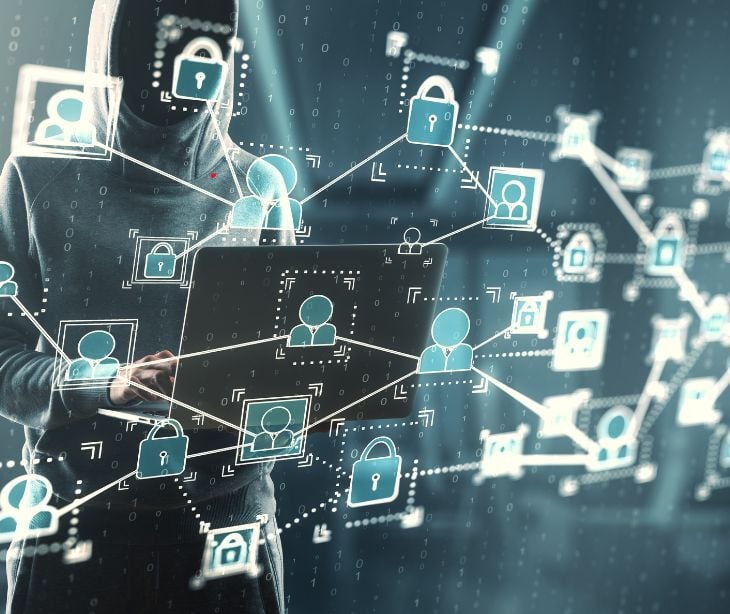
Yes, email has been and continues to be a significant target for cyberattacks. Increasing reliance on email for communication in both personal and professional settings, combined with the sophistication of cybercriminal tactics, means email remains a prime target for cyberattacks.
The evolution of email threats
Email, once a simple tool for communication, has evolved into a battleground for cyberattacks. Over the years, the threats lurking within our inboxes have dramatically transformed, becoming increasingly sophisticated and dangerous. From spam to sophisticated spear phishing and Business email compromise (BEC) attacks, cybercriminals continue to innovate, exploiting vulnerabilities for financial gain, data theft, or disruption. A recent report found that 91% of all cyber attacks begin with a phishing email. This is likely due to the lack of cyber hygiene.
How have email threats evolved?
Email is still one of the most commonly used business communication channels, which means it’s a prime target for cybercriminals—a fact that is unlikely to change anytime soon. Here is how email threats have changed evolved:
- Spam: In the early days of email, the primary nuisance was spam - unsolicited bulk messages flooding inboxes with advertisements, scams, and dubious offers. While annoying, spam was relatively harmless compared to today's cyber threats.
- Phishing: As users became savvier at filtering out spam, cybercriminals shifted their tactics towards phishing. Phishing emails masquerade as legitimate communications from trusted sources, tricking recipients into divulging sensitive information such as passwords, credit card numbers, or personal details. These attacks became increasingly targeted and sophisticated, leveraging social engineering techniques to deceive even the most vigilant users.
- Spear phishing: Spear phishing emerged as a more refined form of phishing, tailored to specific individuals or organizations. Spear phishing attacks often target high-profile individuals or employees with access to valuable data, amplifying the potential impact on organizations.
- BEC: BEC represents a significant evolution in email threats, focusing on financial gain rather than data theft. In BEC attacks, cybercriminals impersonate company executives or trusted vendors, instructing employees to wire funds or transfer sensitive information under false pretenses.
- Malware: Malware distribution via email remains a persistent threat, with attackers leveraging attachments or links to infect systems with viruses, ransomware, or other malicious software.
- Insider threats: In addition to external threats, insider threats pose a significant risk to organizations. Whether through negligence, coercion, or malicious intent, insiders can compromise sensitive data or facilitate cyberattacks from within. This highlights the need for robust access controls, monitoring mechanisms, and employee education to mitigate internal risks.
Go deeper: Email cyber threats 101: Types and tactics
Protecting against email-based cyberattacks
Mitigating the risks associated with email-based cyberattacks requires a multifaceted approach. Organizations and individuals alike should implement email filtering systems to identify and block suspicious content. Additionally, multifactor authentication can add an extra layer of security, reducing the likelihood of unauthorized access to email accounts.
Education and awareness ensure that email users know how to identify and protect against cyberattacks. Regular training sessions can help employees recognize and report phishing attempts, thereby minimizing the chances of successful attacks. Furthermore, maintaining up-to-date antivirus software and regularly patching vulnerabilities can help fortify defenses against malware and other email-based threats.
See also: HIPAA Compliant Email: The Definitive Guide
FAQs
How can I identify a phishing email?
Phishing emails often contain urgent requests, grammatical errors, or suspicious links or attachments. They may also use generic greetings or ask for sensitive information, such as passwords or financial details. Be wary of emails asking you to click on links to verify account information or offering unexpected rewards or prizes.
Are there any tools or services available to enhance email security?
Numerous tools and services are available to enhance email security, including email encryption services like Paubox, spam filters, and phishing awareness training platforms. Additionally, some email providers offer advanced security features, such as sandboxing for suspicious attachments and real-time threat intelligence feeds.
How can I ensure that my email communications comply with privacy regulations, such as GDPR or HIPAA?
To ensure compliance with privacy regulations, such as the General Data Protection Regulation (GDPR) or the Health Insurance Portability and Accountability Act (HIPAA), don't include sensitive or personally identifiable information in email communications unless encrypted. Implement email security measures such as encryption, access controls, and data loss prevention (DLP) policies to safeguard sensitive information and maintain regulatory compliance.
Subscribe to Paubox Weekly
Every Friday we'll bring you the most important news from Paubox. Our aim is to make you smarter, faster.




